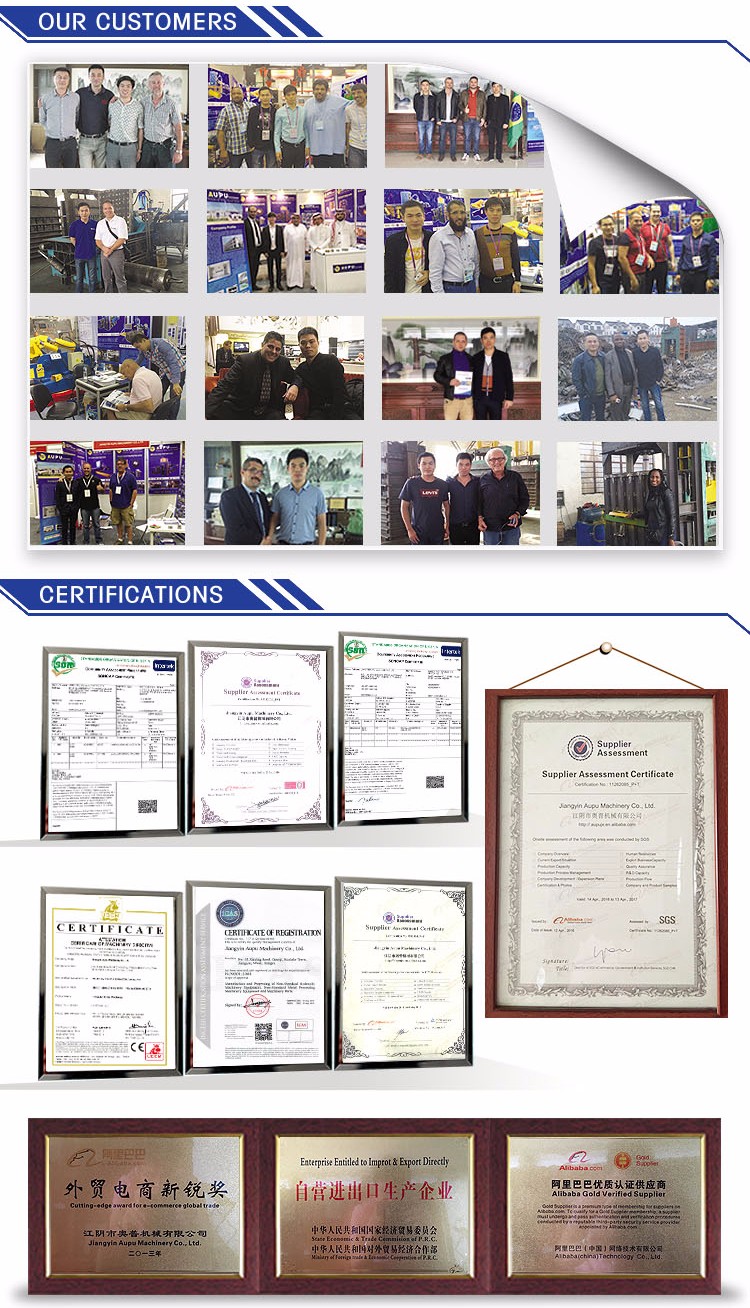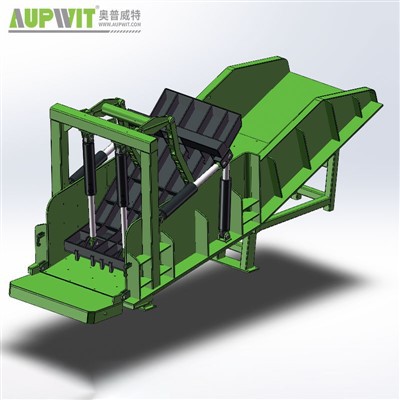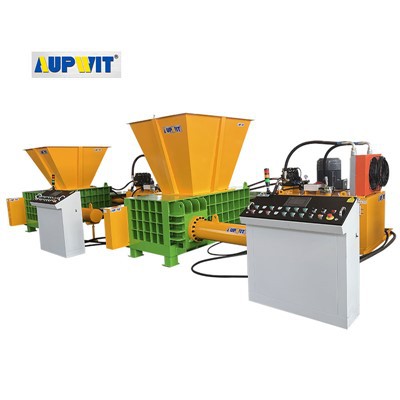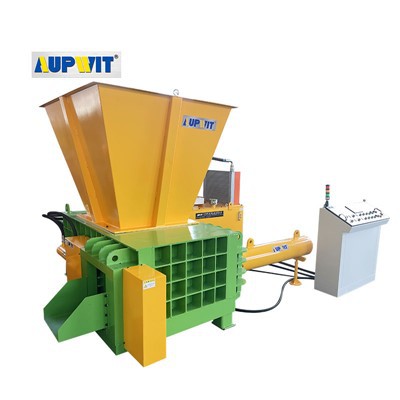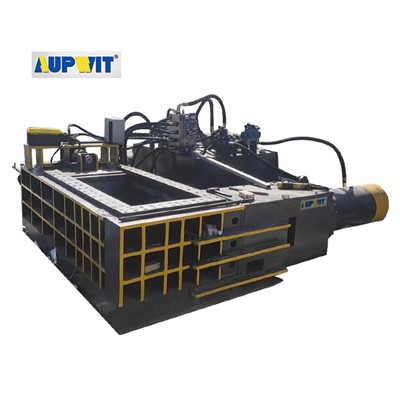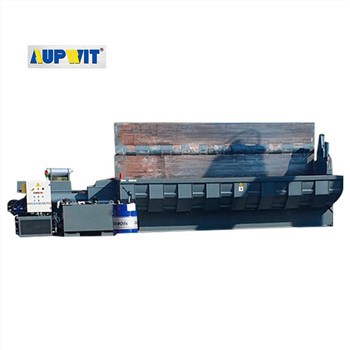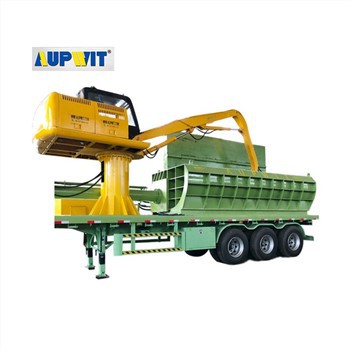1. Choose wear-resistant materials
Blade material upgrade: The blade is a key vulnerable part of Four shaft shredder, and it is crucial to use high-performance wear-resistant materials. High chromium alloy has good wear resistance and corrosion resistance, and tungsten steel has extremely high hardness, which can effectively resist the wear of materials and significantly extend the service life of the blade.
Body material optimization: For the body of the shredder, wear-resistant steel plates can be used for manufacturing. For example, NM400 wear-resistant steel plates have high hardness and toughness, can withstand the impact and friction of materials during the shredding process, reduce the wear of the body, and improve the overall durability of the equipment.
2. Optimize equipment design
Reasonably design the blade structure: By optimizing the parameters such as the shape, tooth shape and angle of the blade, the blade is evenly stressed when shredding materials, reducing local wear. For example, the staggered tooth design can increase the contact area between the blade and the material, reduce the pressure per unit area, and thus reduce wear.
Increase wear-resistant protective structure: Install wear-resistant linings in the parts of the equipment that are prone to wear, such as the feed port, the discharge port, and the inner wall of the shredding chamber. These linings can be made of wear-resistant materials such as ceramics and carbide. When the material contacts the lining, the lining can withstand most of the wear, protect the base structure of the equipment, and extend the maintenance cycle of the equipment.
3. Improve operation and maintenance
Standardize the operation process: Operators should strictly follow the operating procedures of the equipment to avoid overloading and overspeeding, and prevent the equipment from being worn out due to improper operation.
Regular maintenance: Establish a complete equipment maintenance system, and regularly inspect, clean, lubricate, tighten and other maintenance work on the equipment. Clean the material residue and dust inside the equipment in time to prevent it from entering between the moving parts and aggravating wear. At the same time, regularly inspect and replace the blades and other wear-resistant parts to ensure that the equipment is always in good operating condition
